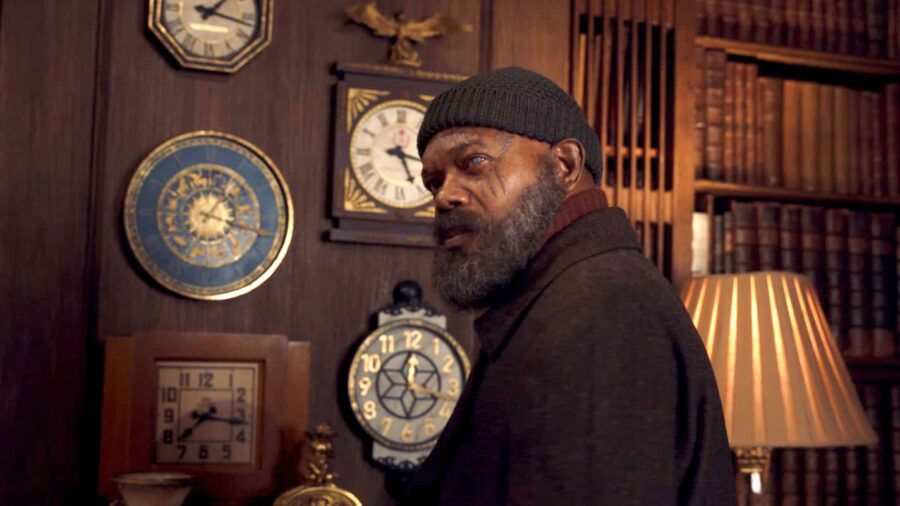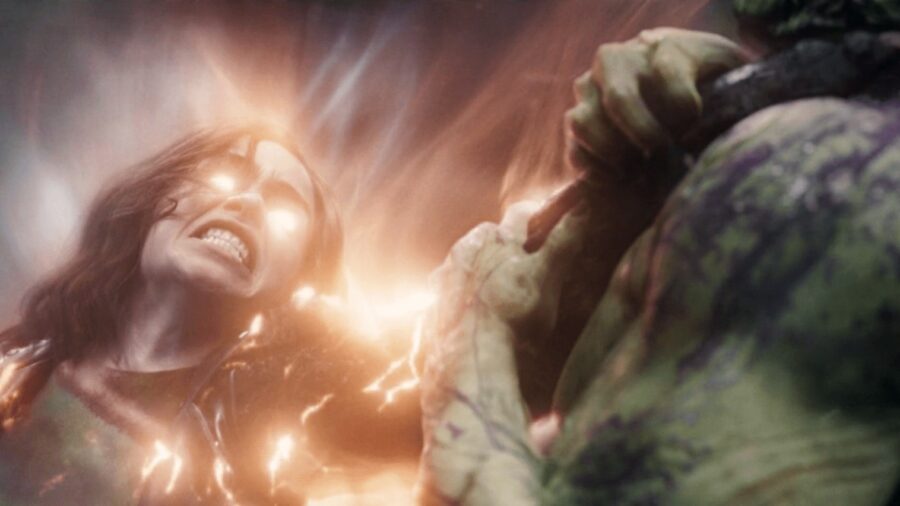Marvel Spent Millions More On Flop Than Barbie Or Oppenheimer, How Did This Happen?

This summer, Barbie and Oppenheimer proved that there is still hope for the entertainment industry. After movie theaters spent the last few years tumbling through a downward spiral, the billion-dollar hit Barbie and half-a-billion-dollar hit Oppenheimer proved that people will still go to the theaters if the movie is compelling enough. Meanwhile, Marvel’s last several releases have continued to flop, with their most recent release, Secret Invasion, flunking the hardest, despite having a budget of $212 million—that’s $100 million more than Oppenheimer and $66 million more than Barbie.
The Secret Invasion series, spanning six episodes with a total runtime of 4 hours and 32 minutes, boasts a per-minute production cost of $780,000. To put this into perspective, the longest-running blockbuster of 2023, Oppenheimer, had a comparatively lower cost of $555,000 per minute.
This begs the question—how in the world did a show with Samuel L. Jackson headlining and one of the biggest production budgets ever given to a TV program become such a massive flop? Luckily TVLine did the math for us (they’re the real heroes here) to help investigate what might have happened. So, what caused Secret Invasion, a project that beats the budget of six of the top 10 box office blockbusters so far in 2023, to fail so epically? Let’s get into it.
The Secret Invasion series, spanning six episodes with a total runtime of 4 hours and 32 minutes, boasts a per-minute production cost of $780,000. To put this into perspective, the longest-running blockbuster of 2023, Oppenheimer, had a comparatively lower cost of $555,000 per minute. Despite the length and complexity of the episodes, Secret Invasion manages to outspend the majority of the high-profile movies from this year.
As viewers delve into Secret Invasion, certain episodes stand out as potential contributors to the massive budget. Episode 2, featuring a fallen hero’s body being escorted to London, sets a grandiose tone for the show. This was an expensive set piece, but it pales in comparison to the extravagant scenes that follow.
Samuel L. Jackson’s reported hefty salary, estimated between $10-20 million for his lead role, adds to the escalating costs, as well as Don Cheadle’s involvement in Secret Invasion.

Episode 4, with its attack on President Ritson’s motorcade, showcases impressive practical effects and intricate coordination, further driving up costs. Similarly, the finale’s CGI-heavy 4-minute fight scene between G’iah and Gravik highlights the intricate and costly visual effects that were used throughout the series.
While these standout moments provide some insight into the budget allocation, questions still linger about how every dollar was spent. A comparison to other Marvel TV series offers some perspective. Only WandaVision and She-Hulk come close to Secret Invasion‘s budget, each with a cost of $225 million, but each show involved much more extravagant special effects.
While certain scenes and effects can account for a portion of the cost, the series’ overall reception underscores the unpredictable nature of audience preferences.
Samuel L. Jackson’s reported hefty salary, estimated between $10-20 million for his lead role, adds to the escalating costs, as well as Don Cheadle’s involvement (he earned approximately $8 million for each Marvel film appearance, so it reasons that he would receive a similar paycheck for Secret Invasion). Still, even with the actors’ pay in mind, there remain quite a few gaps on where the rest of the budget was allocated.
However, despite the grandeur and financial investment, Secret Invasion‘s return on investment has been far from ideal. The series has garnered mixed reviews from critics and fans alike, with many believing it to be one of the worst projects Marvel has released. This could be why viewership has reportedly fallen on the lower end of the spectrum compared to other MCU TV shows. Obviously, the high budget didn’t translate into a compelling and successful production.
Evidently, Secret Invasion’s budget not only went beyond what was typical for television series, even by Marvel’s standards but also went beyond what was needed. While certain scenes and effects can account for a portion of the cost, the series’ overall reception underscores the unpredictable nature of audience preferences.
Perhaps Marvel’s audience is suffering from superhero fatigue. Or maybe the Marvel stories really are getting worse, and Marvel simply expects the audience to tune in just because it’s Marvel. Either way, the fact that Secret Invasion spent so much more than Barbie or Oppenheimer and yet still flopped is a reminder that high production value alone cannot guarantee a hit.













